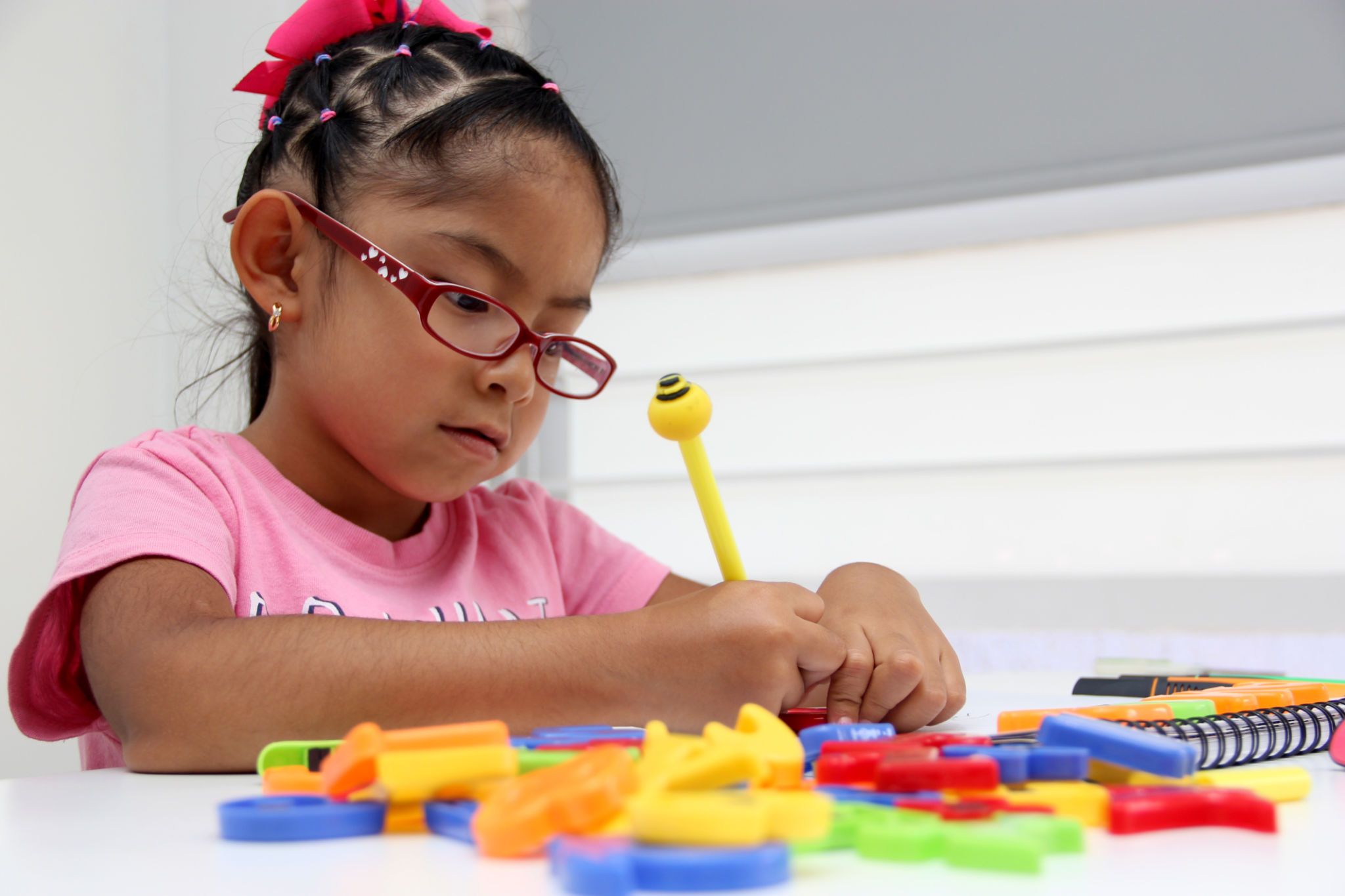Myths and Facts About Autism Spectrum Educational Assessments
Understanding Autism Spectrum Educational Assessments
Autism Spectrum Disorder (ASD) is a complex developmental condition that affects individuals differently, making educational assessments crucial for personalized learning plans. However, several myths surround these assessments, leading to confusion. This blog post aims to debunk these myths and provide factual insights into autism spectrum educational assessments.

Myth 1: All Autism Assessments Are the Same
One common misconception is that all autism assessments are identical. In reality, educational assessments for autism are highly individualized. They are designed to address the unique strengths and challenges of each student. These assessments typically include a combination of standardized tests, observations, and interviews with parents and teachers.
Fact: The purpose of these assessments is to create a comprehensive understanding of a student's needs, allowing educators to tailor support and interventions accordingly.
Myth 2: Autism Assessments Only Focus on Weaknesses
Another myth suggests that autism assessments focus solely on identifying areas of difficulty. While it is essential to understand where a student may need additional support, assessments also highlight strengths and talents. Recognizing these strengths is crucial for developing effective educational strategies that engage and motivate students.

Fact: Strength-based approaches in assessments help in creating a more inclusive and supportive learning environment, fostering growth and development.
Components of an Autism Educational Assessment
An autism educational assessment consists of several components, each contributing valuable information. These components often include:
- Cognitive assessments: Evaluating intellectual functioning and problem-solving abilities.
- Communication assessments: Understanding verbal and non-verbal communication skills.
- Behavioral assessments: Observing social interactions and adaptive behaviors.

Fact: These components provide a holistic view of the student's capabilities and challenges, enabling educators to design personalized learning plans.
Myth 3: Assessments Are One-Time Evaluations
A prevalent myth is that educational assessments for autism are one-time evaluations. The truth is that these assessments are ongoing processes. They are regularly updated to reflect the student's progress and changing needs over time.
Fact: Continuous assessment ensures that educational plans remain relevant and effective, adapting to the student's evolving requirements.
The Role of Parents and Educators
Parents and educators play a critical role in the assessment process. Their insights and observations are invaluable for creating a comprehensive profile of the student's abilities. Collaboration between parents, educators, and specialists is essential for accurate assessments and successful educational outcomes.

Fact: Open communication and teamwork among all parties involved are key to supporting the student's educational journey effectively.
Conclusion: Embracing Facts for Better Support
Educational assessments for students with autism spectrum disorder are vital tools for understanding individual needs and creating tailored learning experiences. By debunking myths and focusing on facts, we can better support students in their educational pursuits. Embracing accurate information empowers educators, parents, and students alike, fostering an inclusive environment where every student can thrive.